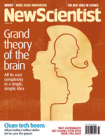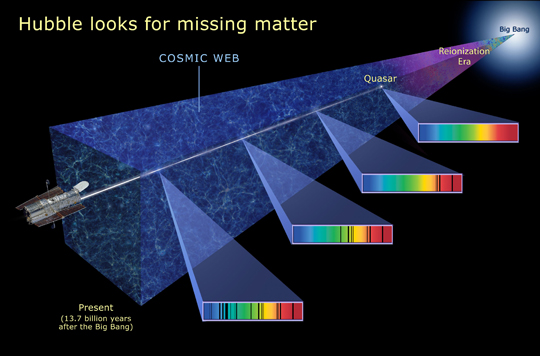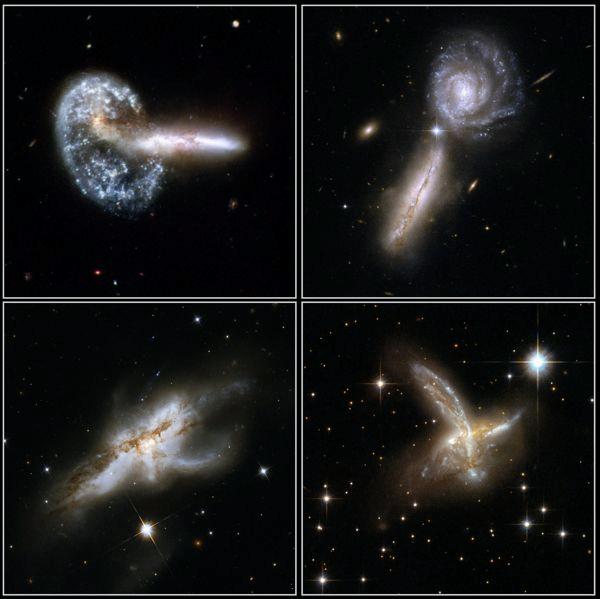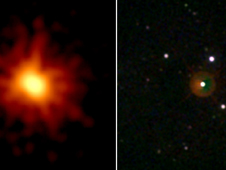
Welcome to the ezine produced by SGI Buddhists that prompts the positive, kindles the constructive, highlights the hopeful and leaves you feeling - well, up!

 The average brain is now reckoned to have forty times the processing capacity of a typical desktop computer.
The average brain is now reckoned to have forty times the processing capacity of a typical desktop computer.
Just be thankful that you don't have to lug that lot down to the airport. But neuroscientists have now made an import breakthrough in a new mathematical model of the brain.
 So sang David Bowie, and so have asked many others down the ages. Are we about to find out?
So sang David Bowie, and so have asked many others down the ages. Are we about to find out?
Landing a probe on a distant planet has almost become commonplace - but make no mistake, this current achievement has taken years of painstaking effort by hundreds of people. The big question - 'Is there life on Mars?' - is certainly eclipsed by the curiosity of a race of creatures who are determined to find out.
Read much more here
 Does a giant sponge hold the key to the missing matter of the universe?
Does a giant sponge hold the key to the missing matter of the universe?
Although the universe contains billions of galaxies, only a small amount of its matter is locked up in these behemoths. Most of the universe's matter, created during and just after the Big Bang, is 'missing' - and a giant sponge looks like it might be hiding it, writes Mike Shull.
 Colliding galaxies make fantastic shapes resembling a toothbrush, an owl, a grasshopper and other forms as they smash into and dismember one another.
Colliding galaxies make fantastic shapes resembling a toothbrush, an owl, a grasshopper and other forms as they smash into and dismember one another.
A new set of Hubble Space Telescope images offers a preview of our own galaxy's fate five billion years from now writes David Shiga

What is this life if full of care, we have no time to stand and stare...up at the night sky from time to time?
Gamma-ray bursts are thought to be the most luminous single transient events in the universe, writes Robert Naeye, and the one on 19 March seems to have broken all records for the brightest gamma-ray burst so far. It occurred about 8 billion light years away, but was bright enough (briefly) to be visible without a telescope, should someone have been looking up in that direction at that moment.
 The Holy Grail of physics is the attempt to reconcile quantum mechanics and relativity. Are we getting there?
The Holy Grail of physics is the attempt to reconcile quantum mechanics and relativity. Are we getting there?
It seems like the most obvious physical fact: the universe has four dimensions - three spanning space and one ticking away time. But the ultimate theory of gravity should explain why the universe is four-dimensional and how those dimensions arose, say researchers trying to unify the theories of quantum mechanics and relativity.
 It's said that anyone who understands what this image represents is forever changed by it. How about you?
It's said that anyone who understands what this image represents is forever changed by it. How about you?
Have you ever wondered how big the universe really is? Looking up at the night sky rarely gives the viewer any idea of the scale of the objects that you can see with the naked eye. In 2003, the Hubble Space Telescope took the image of a millennium, an image that shows our place in the universe. Have a look at this splendid video for a deeper perspective.

